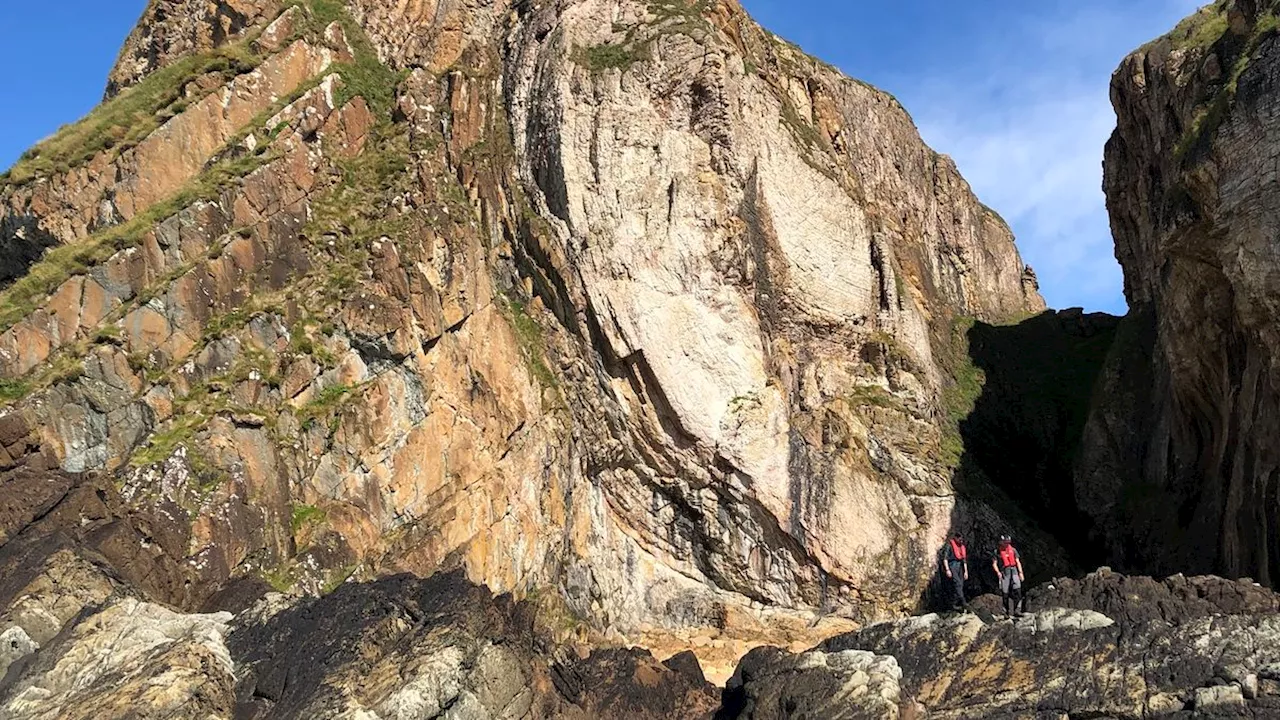Hannah Osborne is the planet Earth and animals editor at Live Science. Prior to Live Science, she worked for several years at Newsweek as the science editor. Before this she was science editor at International Business Times U.K. Hannah holds a master's in journalism from Goldsmith's, University of London.
Hundreds of millions of years ago, Earth plunged into a deep-freeze that turned the planet into a giant ball of ice. Now, scientists have discovered rocks marking this moment on a remote archipelago in the Inner Hebrides of Scotland.
"Most areas of the world are missing this remarkable transition because the ancient glaciers scraped and eroded away the rocks underneath, but in Scotland by some miracle the transition can be seen," study first author Elias Rugen, a researcher at University College London's Earth Sciences department, said in a statement.
The researchers collected rock samples from two formations on the Garvellachs and analyzed tiny crystals called zircons. Zircons contain uranium, a radioactive element that slowly and steadily decays into lead, so the team was able to determine exactly when the rocks were formed. The researchers found that the lower section of rock formed in tropical waters, when Earth was much warmer.
United States Latest News, United States Headlines
Similar News:You can also read news stories similar to this one that we have collected from other news sources.
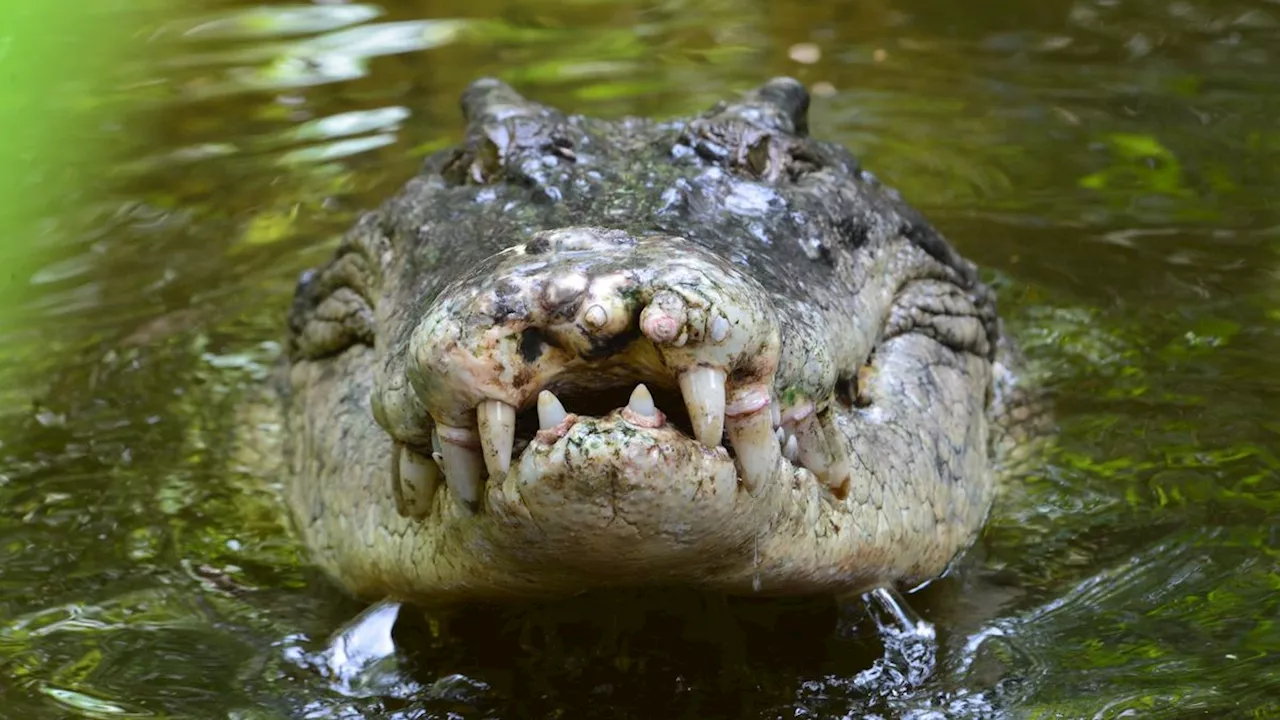 Crocodile 'fingerprints' may reveal Australia's deadly, hidden predatorsHannah Osborne is the planet Earth and animals editor at Live Science. Prior to Live Science, she worked for several years at Newsweek as the science editor. Before this she was science editor at International Business Times U.K. Hannah holds a master's in journalism from Goldsmith's, University of London.
Crocodile 'fingerprints' may reveal Australia's deadly, hidden predatorsHannah Osborne is the planet Earth and animals editor at Live Science. Prior to Live Science, she worked for several years at Newsweek as the science editor. Before this she was science editor at International Business Times U.K. Hannah holds a master's in journalism from Goldsmith's, University of London.
Read more »
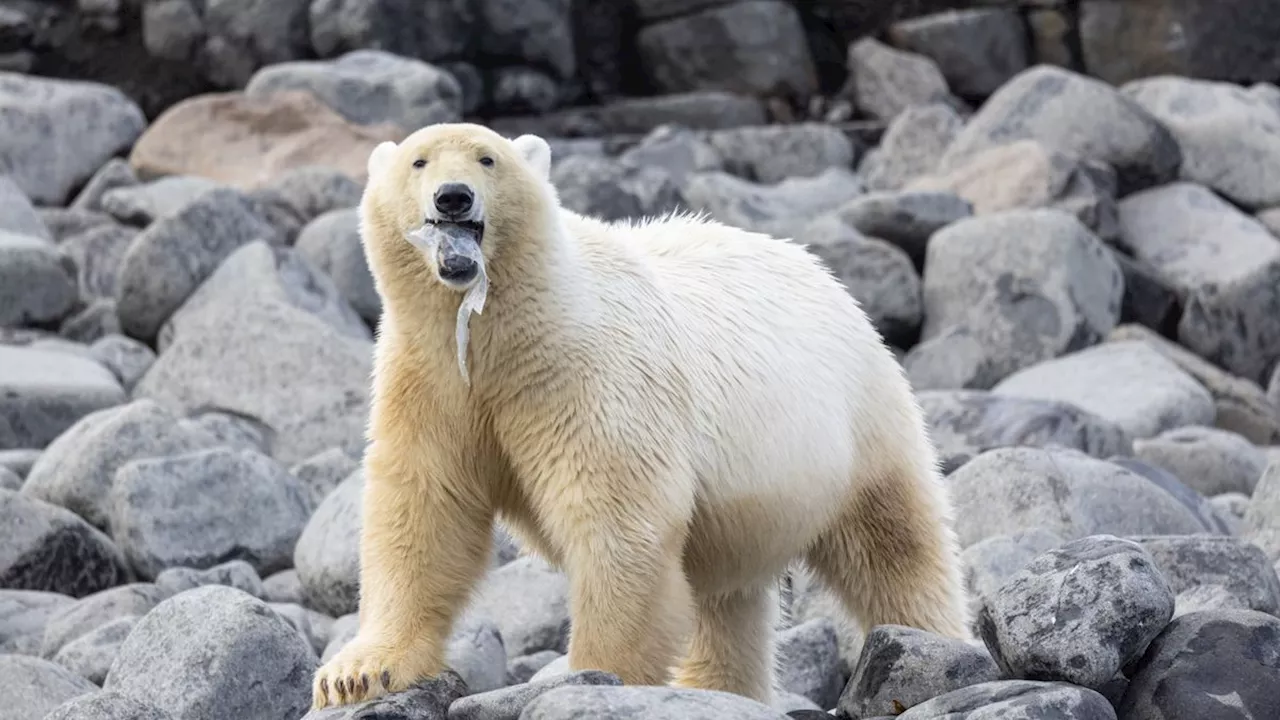 Bleak photo of polar bear with plastic in its jaws in the remote Arctic shows pollution's 'pervasive grip'Hannah Osborne is the planet Earth and animals editor at Live Science. Prior to Live Science, she worked for several years at Newsweek as the science editor. Before this she was science editor at International Business Times U.K. Hannah holds a master's in journalism from Goldsmith's, University of London.
Bleak photo of polar bear with plastic in its jaws in the remote Arctic shows pollution's 'pervasive grip'Hannah Osborne is the planet Earth and animals editor at Live Science. Prior to Live Science, she worked for several years at Newsweek as the science editor. Before this she was science editor at International Business Times U.K. Hannah holds a master's in journalism from Goldsmith's, University of London.
Read more »
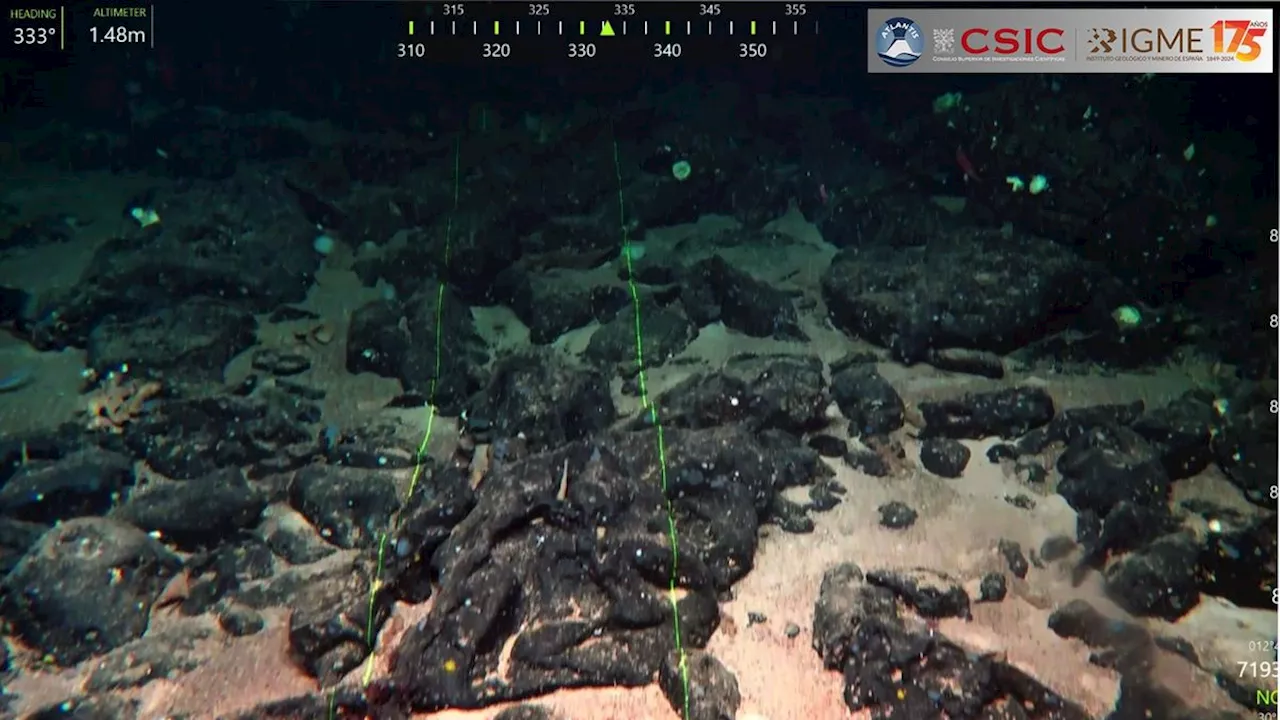 'This could be the origin of the Atlantis legend': Mountain that sank beneath the waves discovered off Canary IslandsHannah Osborne is the planet Earth and animals editor at Live Science. Prior to Live Science, she worked for several years at Newsweek as the science editor. Before this she was science editor at International Business Times U.K. Hannah holds a master's in journalism from Goldsmith's, University of London.
'This could be the origin of the Atlantis legend': Mountain that sank beneath the waves discovered off Canary IslandsHannah Osborne is the planet Earth and animals editor at Live Science. Prior to Live Science, she worked for several years at Newsweek as the science editor. Before this she was science editor at International Business Times U.K. Hannah holds a master's in journalism from Goldsmith's, University of London.
Read more »
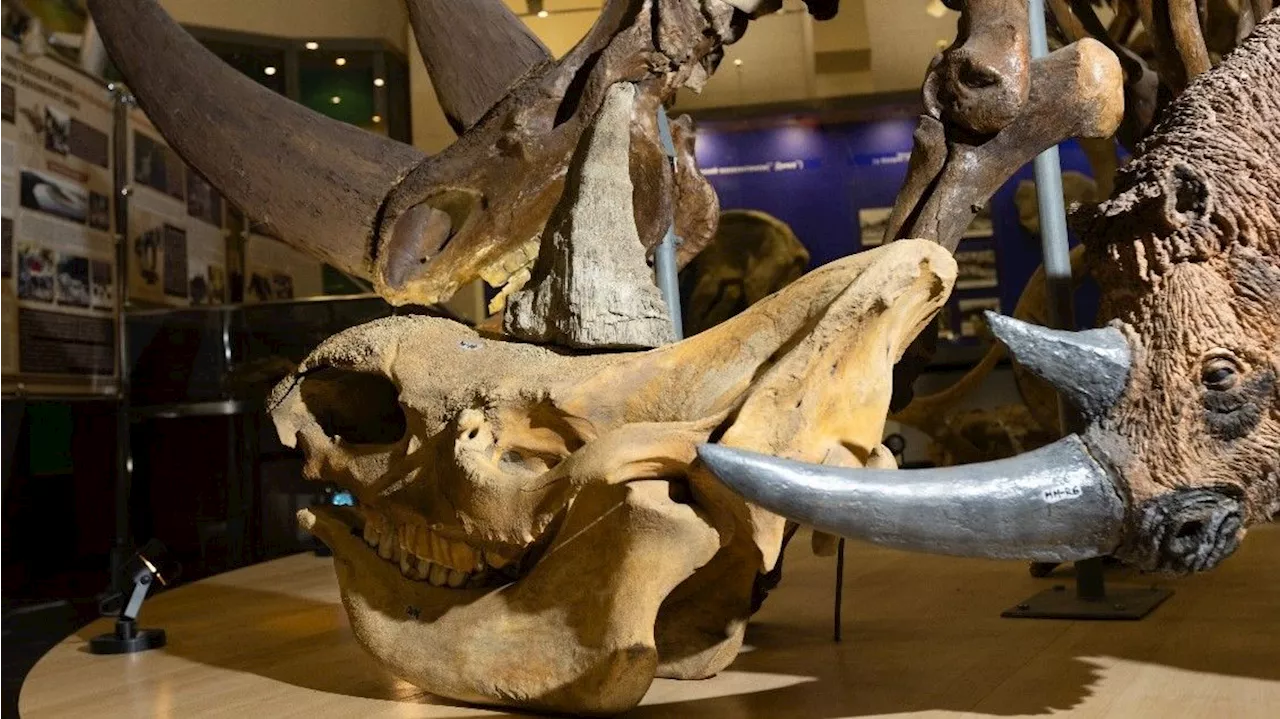 Siberian gold miners accidentally find ancient woolly rhino mummy with horn and soft tissues still intactHannah Osborne is the planet Earth and animals editor at Live Science. Prior to Live Science, she worked for several years at Newsweek as the science editor. Before this she was science editor at International Business Times U.K. Hannah holds a master's in journalism from Goldsmith's, University of London.
Siberian gold miners accidentally find ancient woolly rhino mummy with horn and soft tissues still intactHannah Osborne is the planet Earth and animals editor at Live Science. Prior to Live Science, she worked for several years at Newsweek as the science editor. Before this she was science editor at International Business Times U.K. Hannah holds a master's in journalism from Goldsmith's, University of London.
Read more »
![]() Future chips could swap silicon for faster and more efficient 2D crystal semiconductor full of useful atomic 'defects'Skyler Ware is a freelance science journalist covering chemistry, biology, paleontology and Earth science. She was a 2023 AAAS Mass Media Science and Engineering Fellow at Science News. Her work has also appeared in Science News Explores, ZME Science and Chembites, among others. Skyler has a Ph.D. in chemistry from Caltech.
Future chips could swap silicon for faster and more efficient 2D crystal semiconductor full of useful atomic 'defects'Skyler Ware is a freelance science journalist covering chemistry, biology, paleontology and Earth science. She was a 2023 AAAS Mass Media Science and Engineering Fellow at Science News. Her work has also appeared in Science News Explores, ZME Science and Chembites, among others. Skyler has a Ph.D. in chemistry from Caltech.
Read more »
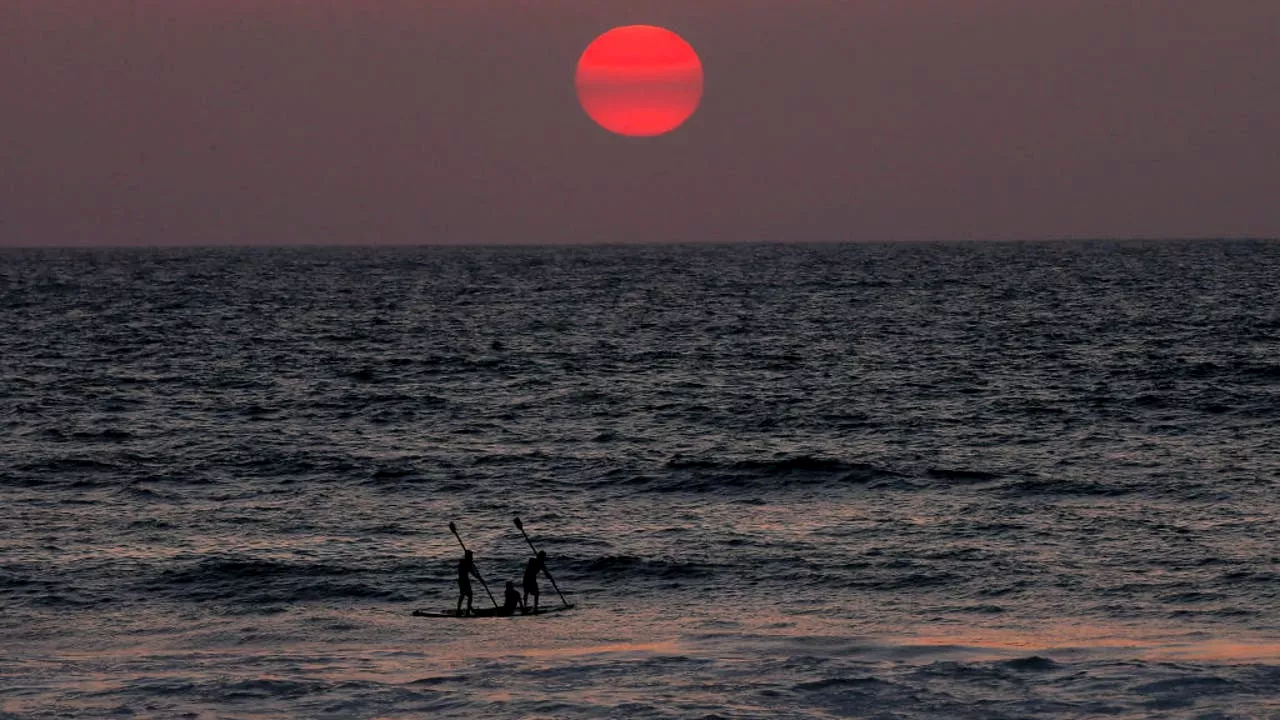 Earth's days are getting longer, science explains whyNew research reveals that Earth's days are gradually getting longer, and scientists explain the various factors behind this change. Discover how tectonic shifts, inner core dynamics, and climate change contribute to the lengthening of our days and what this means for our future.
Earth's days are getting longer, science explains whyNew research reveals that Earth's days are gradually getting longer, and scientists explain the various factors behind this change. Discover how tectonic shifts, inner core dynamics, and climate change contribute to the lengthening of our days and what this means for our future.
Read more »
